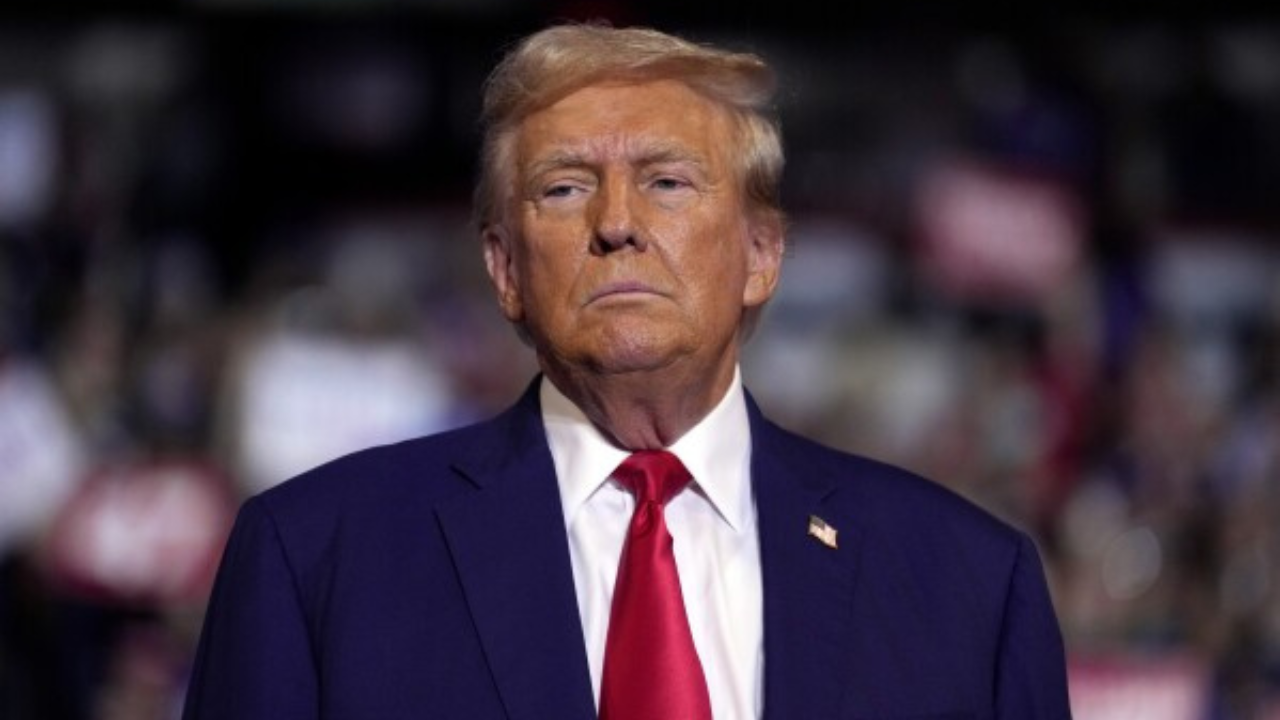India and the US: A Delicate Dance of Cooperation and Concerns
The relationship between India and the United States has always been a complex one, a blend of cooperation and competition. But the recent developments surrounding illegal Indian immigrants in the US have brought this intricate relationship into sharp focus, creating a delicate dance of cooperation and concerns. Will India's efforts to appease the US administration to avoid trade wars and maintain its beneficial immigration channels bear fruit, or are deeper tensions set to emerge? Let's delve in to uncover the key challenges facing both nations.
The Trump Administration's Stance on Immigration: A Defining Factor
The Trump administration, known for its hardline stance on immigration, placed considerable pressure on various countries, including India, to cooperate in repatriating their citizens residing illegally in the US. This pressure, coupled with the administration’s aggressive approach towards trade, put India in a difficult situation. It had to carefully balance its desire for economic benefits from the US with its commitment to the wellbeing of its citizens residing abroad. One key issue involves the highly prized H-1B visa program, a primary pathway for Indian skilled workers to enter the United States. Any changes to this program could significantly impact Indian workers. This is more relevant because many Indians make up nearly three-fourths of the H-1B visas granted each year. India's delicate balancing act demanded calculated steps that could appease the Trump administration without causing lasting harm to India's interests.
India's Response: A Calculated Strategy of Cooperation
Faced with this challenging situation, the Indian government chose a strategic path of cooperation, working closely with the Trump administration to identify and deport Indian citizens living illegally within US borders. Initially, around 18,000 illegal migrants were identified as part of a joint effort. While a considerable number, sources suggested this was likely just the tip of the iceberg. The actual numbers may remain largely unknown given the difficulties inherent in tracking down undocumented immigrants. Through this demonstration of cooperation, India aimed to diffuse potential tensions arising from trade disputes. It also showed that it takes measures to regulate and monitor the migration of its citizens residing abroad. Beyond cooperation with deportation efforts, India hopes to ensure the protection and facilitation of the existing legal channels of immigration that primarily benefit skilled workers and students through H-1B visas.
The Northern Border Anomaly: A Rising Concern
Interestingly, a significant portion of the illegal Indian migrants stopped at the US border have been discovered crossing at the northern border, suggesting some unexpected and subtle factors at play. While less traffic flows across the northern border compared to the southern one, the Indian immigrant rate is remarkably higher in this region, with an unusual rise noted during the study period. Several contributing elements could be responsible. One such example is the reported 2023 halting of visa-free travel between India and El Salvador. Another explanation may be easier access to Canada, which could result in individuals then seeking illegal entry into the US. It clearly raises several intriguing questions.
Beyond Deportations: Geopolitical Implications and Long-Term Impacts
The cooperation between India and the US on deportation goes beyond mere compliance. The effort can contribute to deterring overseas movements pushing secessionist ideas, notably targeting activities like the Khalistan movement. India's approach suggests a willingness to collaborate and resolve international problems while addressing other broader concerns, thereby improving India’s image on the global stage. While the situation seems positive, we may be seeing the potential emergence of further trade tensions if not approached tactfully and collaboratively. A breakdown could also jeopardize the long-term benefits that both countries receive from skilled Indian labor, such as the existing skilled worker migration between the two countries.
Take Away Points
- The cooperation between India and the US on deporting illegal Indian immigrants is a complex issue with far-reaching implications.
- India's approach is a delicate balancing act between maintaining good relations with the US, securing its economic interests, and safeguarding the rights of its citizens.
- The rising number of Indian migrants crossing the northern US border raises many interesting questions. The root cause for this is not clearly determined in the reports.
- The outcome of this cooperation has the potential to significantly affect trade relations, immigration policies, and other issues. A stronger partnership may enable India and the United States to address any future conflict smoothly.




